At 9.15h Cipriano Ramos from Oletrips drives his current tour participants to Frigiliana – the white village of the three cultures. It got its title because before the reconquest of Andalusia by the Catholic kings in 1485 Jews, Christians and Arabs – three different cultures – lived peacefully together in Frigiliana. During the tour through the municipality you can see the symbols star, crescent moon and cross again and again. They stand for the different cultures.
The first big highlight of the tour is the old sugar cane factory. It is the only factory in Europe that still produces sugar cane honey in the traditional way. Only once in spring can you visit the factory from the inside.
From the factory we continue along the narrow lanes, where the architectural style catches the eyes. It consists of a mixture of Christian and Arabic elements and is called Mudejar. In Frigiliana there are many Mudejar objects to see: old archways, decorated paths or the church of San Antonio, which the tour participants are also visiting. It was built on the remains of an ancient Arab mosque.
Where the narrow paths and streets lead down, they need to get uphill again in other places. This ways Ramos leads the tour participants to a viewing platform with a beautiful overview over the entire municipality. This place is special because behind the viewing platform there is a rock – the Péñon de Frigiliana. And this one has a sad history. After the Reconquista, the Arabs were allowed to continue living in Frigiliana, but they were not accepted by the Christians, which led to unjust treatment and tensions between Christians and Arabs. These tensions burst in 1568, when there were numerous riots throughout the kingdom of Granada. These riots were brutally suppressed at the battle of the Péñon de Frigiliana.
For about two hours (including breaks) Cipriano Ramos guides the tour participants through the municipality and tells the extensive history of Frigiliana.
From Frigiliana there is a serpentine road towards Acebuchal. About three kilometres before the village, Cipriano Ramos has to turn into a dirt road – the only access from this direction. Mobile phone reception is no longer available. After about 15 minutes the Olevan, as Cipriano Ramos calls his transporter, arrives in Acebuchal. The village is located in a mountain valley surrounded by large rocks and numerous trees.
Acebuchal was originally founded in the 17th century. It was a place where mule drivers could relax on their way from Málaga to Granada. During the Spanish Civil War in 1937, many villagers were executed by the fascists of Franco. Those who survived fled to the mountains and formed a guerrilla force that fought against the Guardia Civil of Franco after the Spanish Civil War of 1939. In 1948, during the guerrilla war, all the residents left the village of Acebuchal on the orders of the authorities.
For 50 years the village looked like a ghost town. Hence the title "the lost village" was created. In 1998 one of the displaced persons came back and began to rebuild the village without machines and electricity. His name was Antonio "El Zumbo". Today the family of Antonio rent houses and apartments and run a restaurant in Acebuchal. The restaurant is definitely worth a visit as it offers home-grown products, among other things. Antonio can still be found in Acebuchal today. The tour participants had the honour of getting to know "El Zumbo" in a small souvenir shop where handicrafts and natural products from the region are sold.
The excursion with oletrips to the villages of Frigiliana and Acebuchal is suitable for the whole family. It takes a total of four to five hours. A traditional lunch at the restaurant in Acebuchal is included in the tour. (Editor/Photos/Video: Michael Trampert)
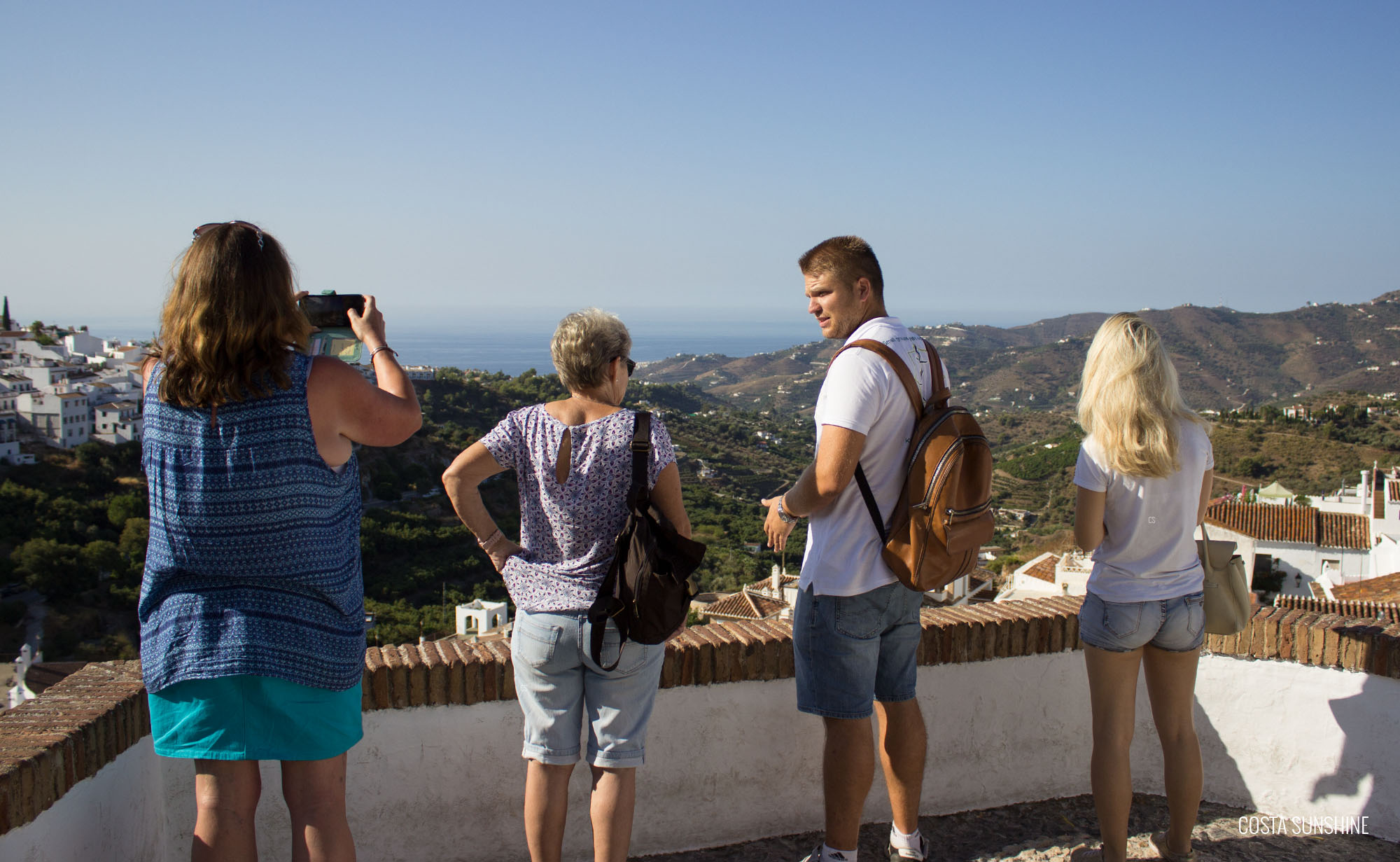 Overview of Frigiliana.
Overview of Frigiliana.
 Overview of Frigiliana.
Overview of Frigiliana.
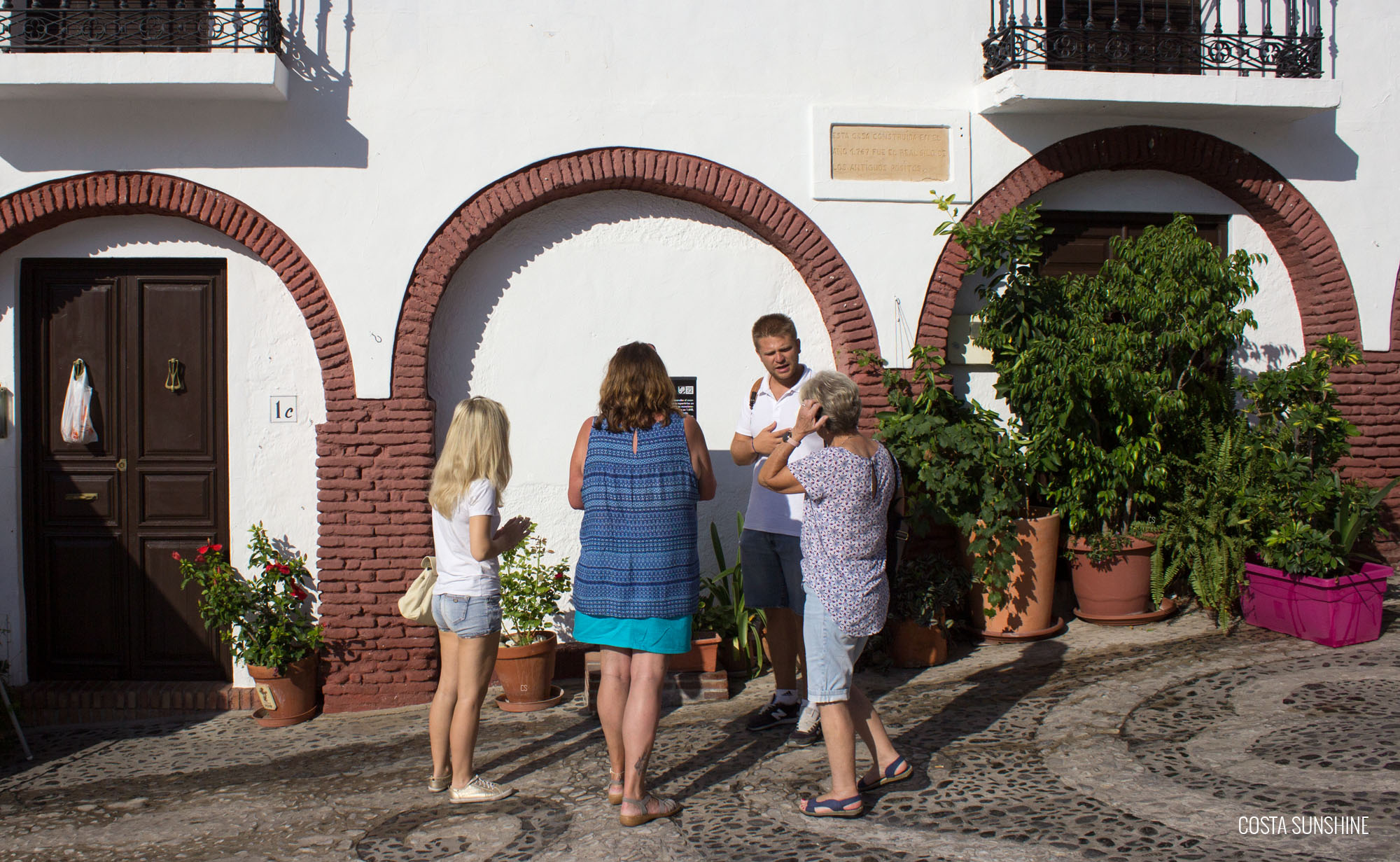 Arabic characteristic: symbols on the ground.
Arabic characteristic: symbols on the ground.
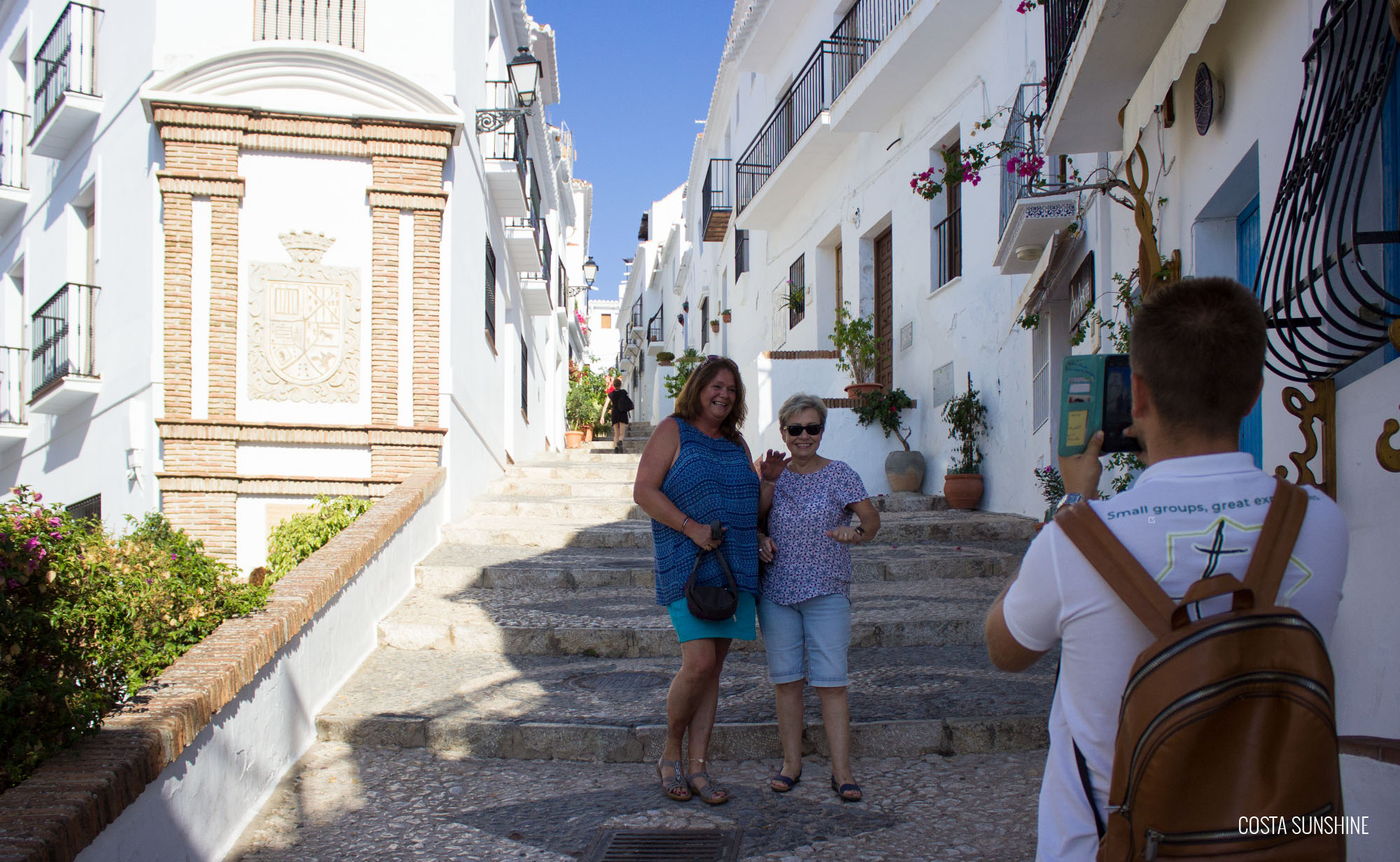 Two tour participants are photographed by Cipriano Ramos.
Two tour participants are photographed by Cipriano Ramos.
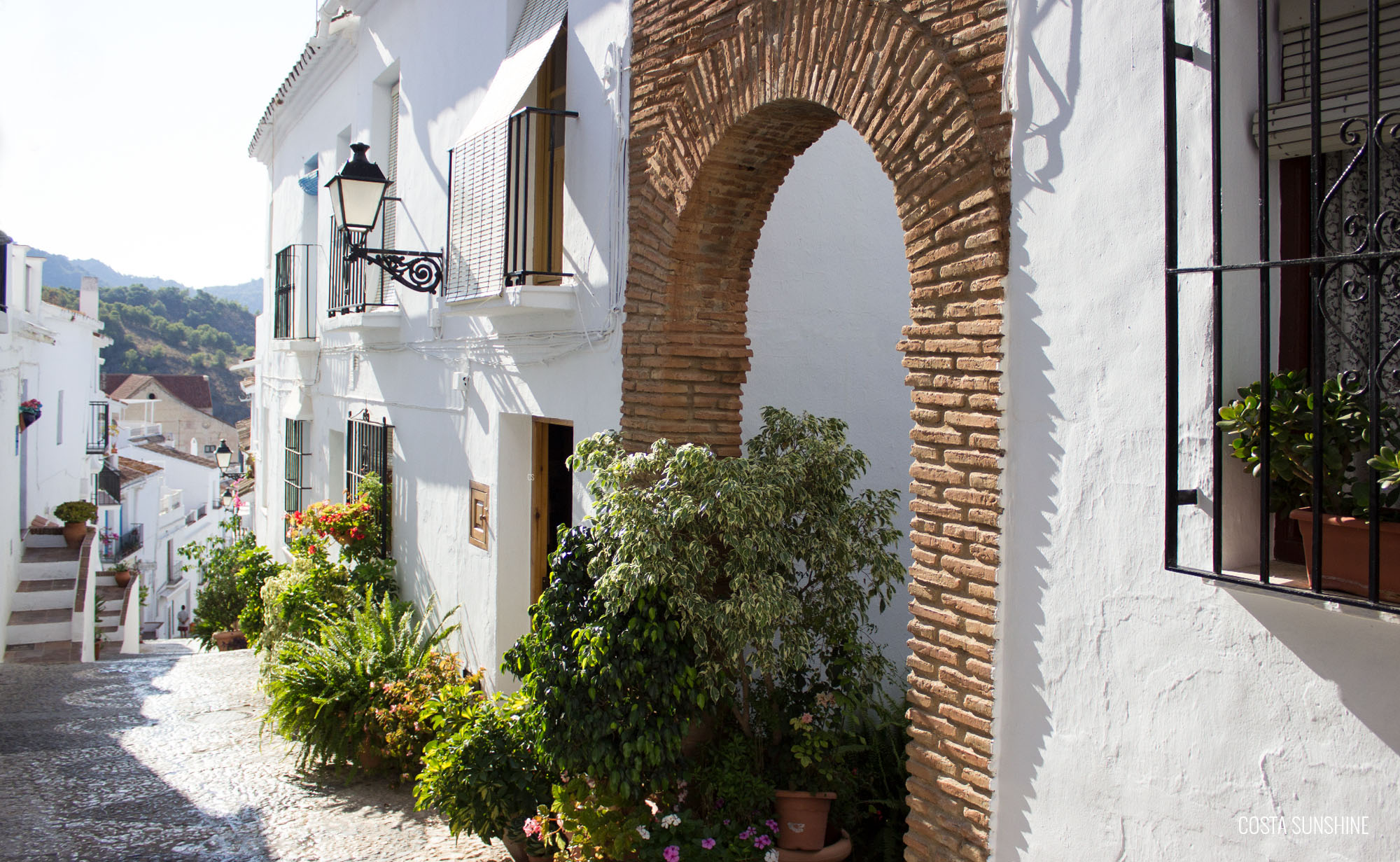 Archway in Arabic style.
Archway in Arabic style.
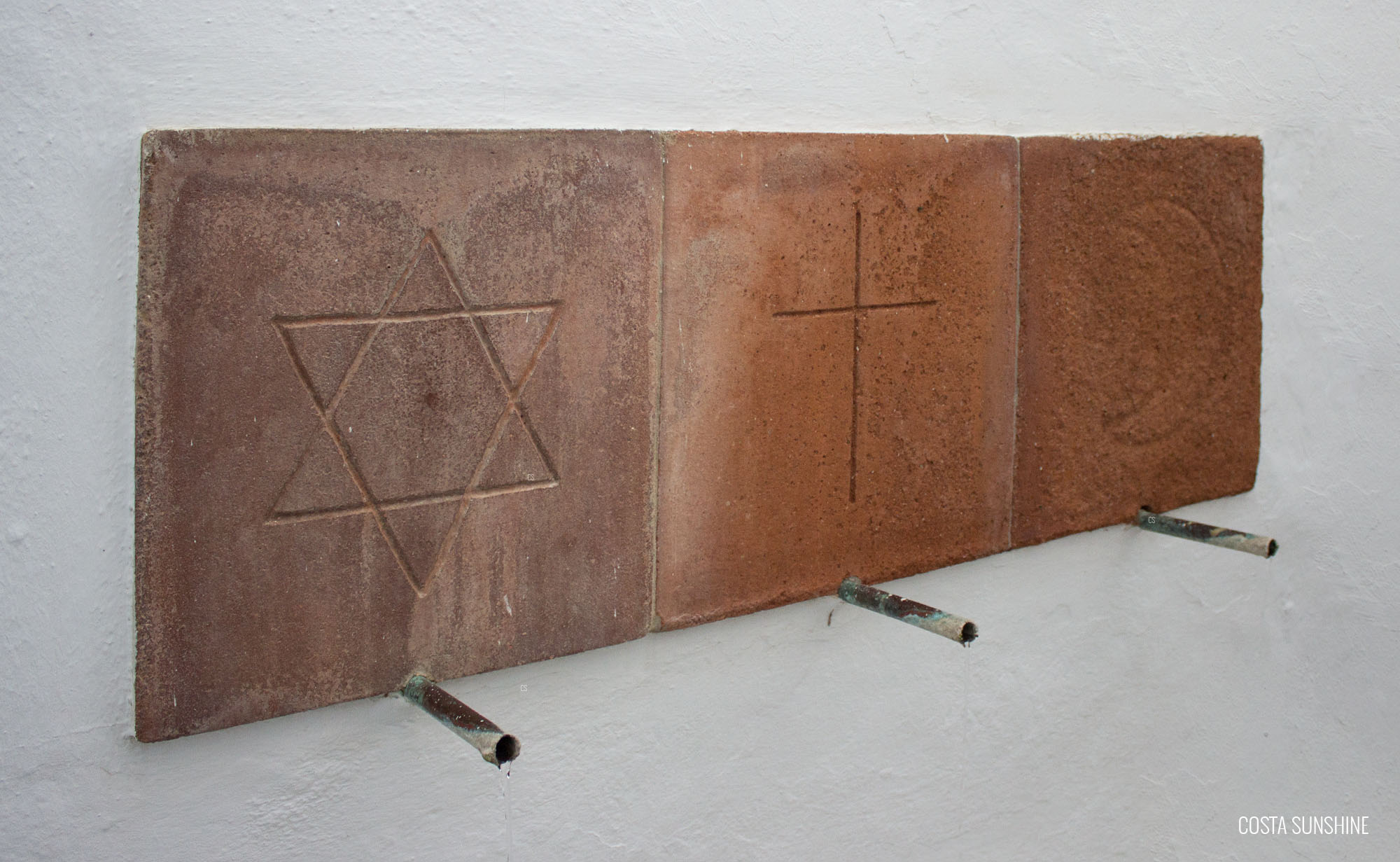 The three symbols that characterize Frigiliana: Star (Jews), Cross (Christians) and Crescent (Arabs).
The three symbols that characterize Frigiliana: Star (Jews), Cross (Christians) and Crescent (Arabs).
 The Péñon de Frigiliana.
The Péñon de Frigiliana.
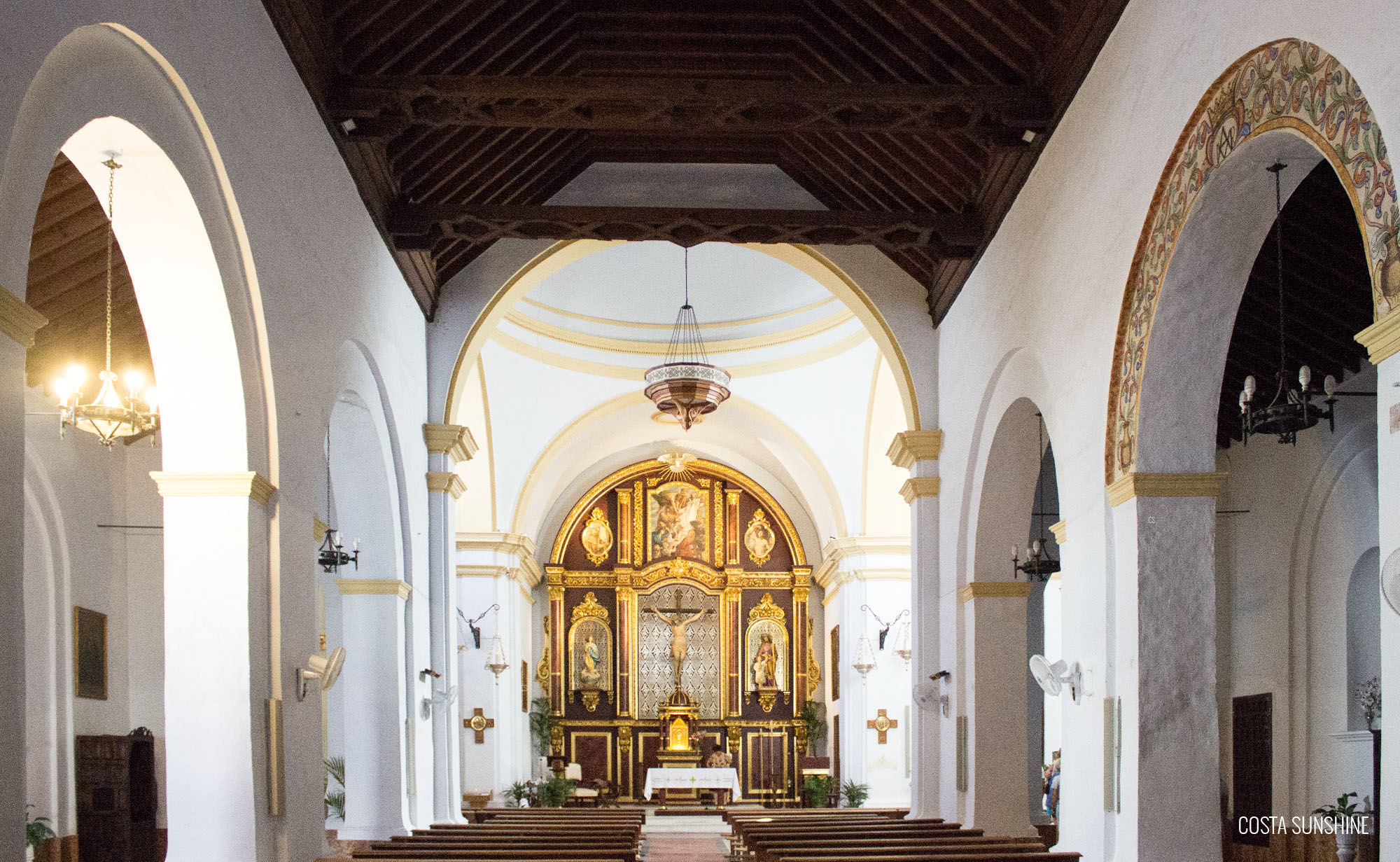 The Church of San Antonio in Frigiliana.
The Church of San Antonio in Frigiliana.
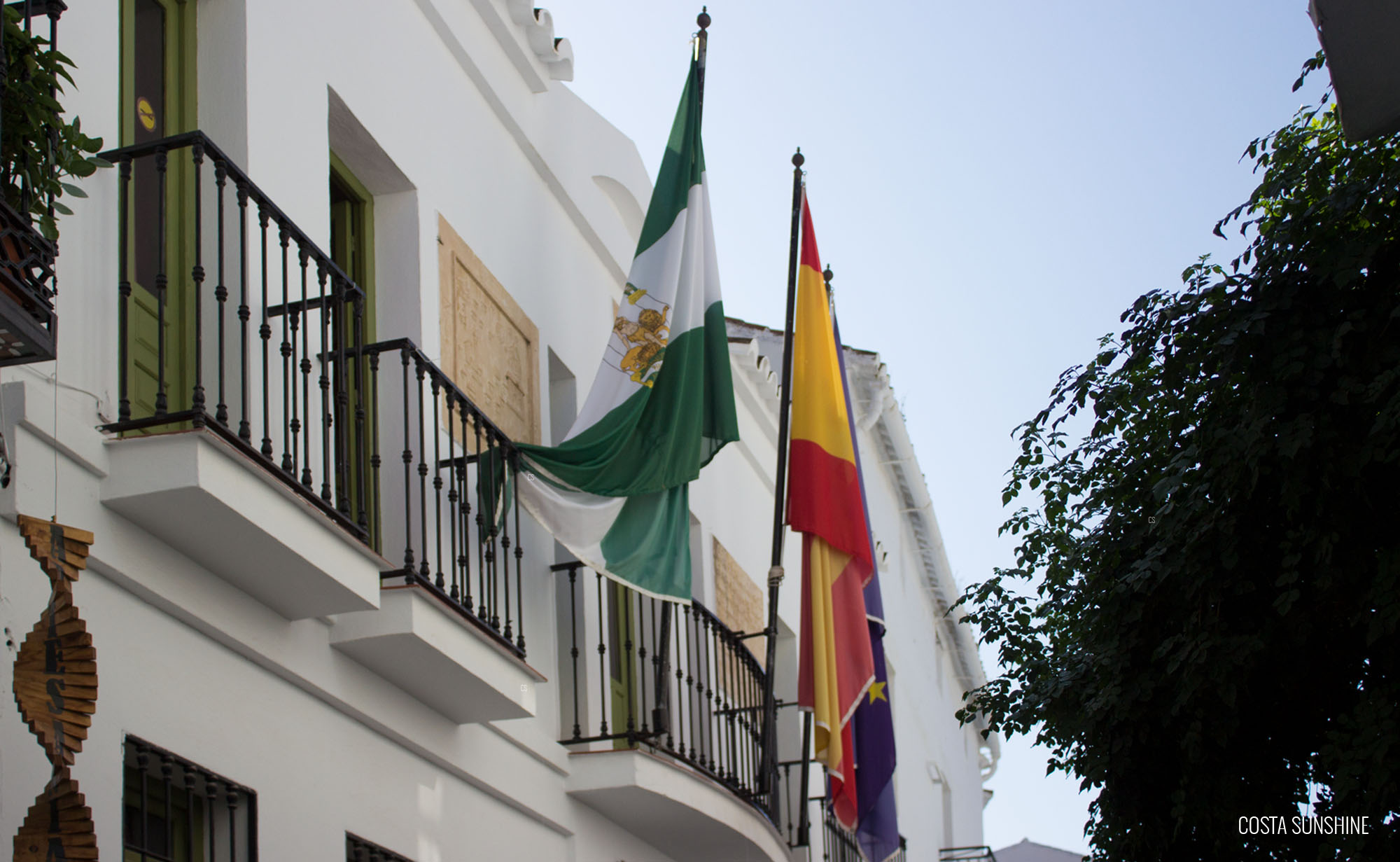 The town hall in Frigiliana.
The town hall in Frigiliana.
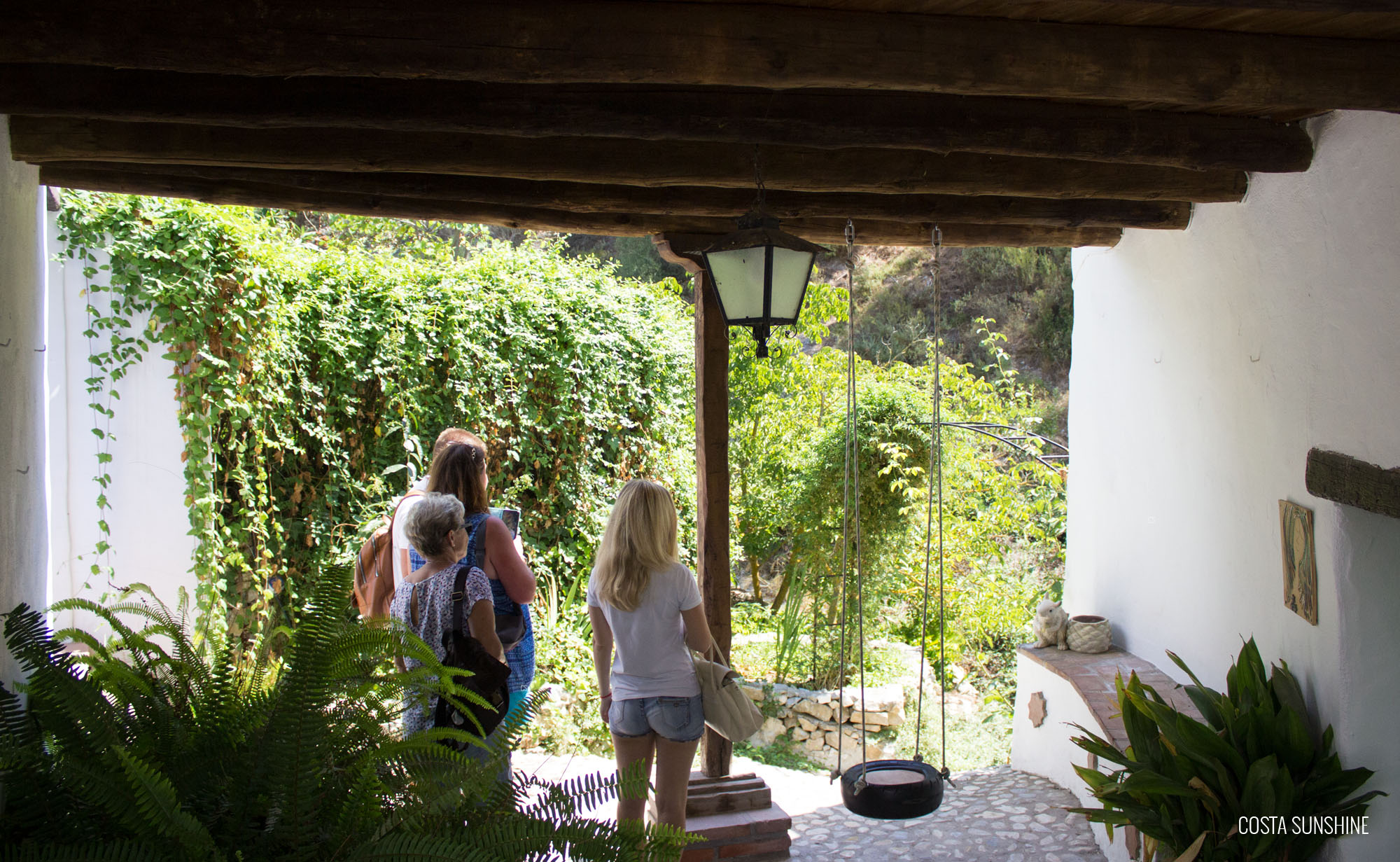 The gateway to nature.
The gateway to nature.
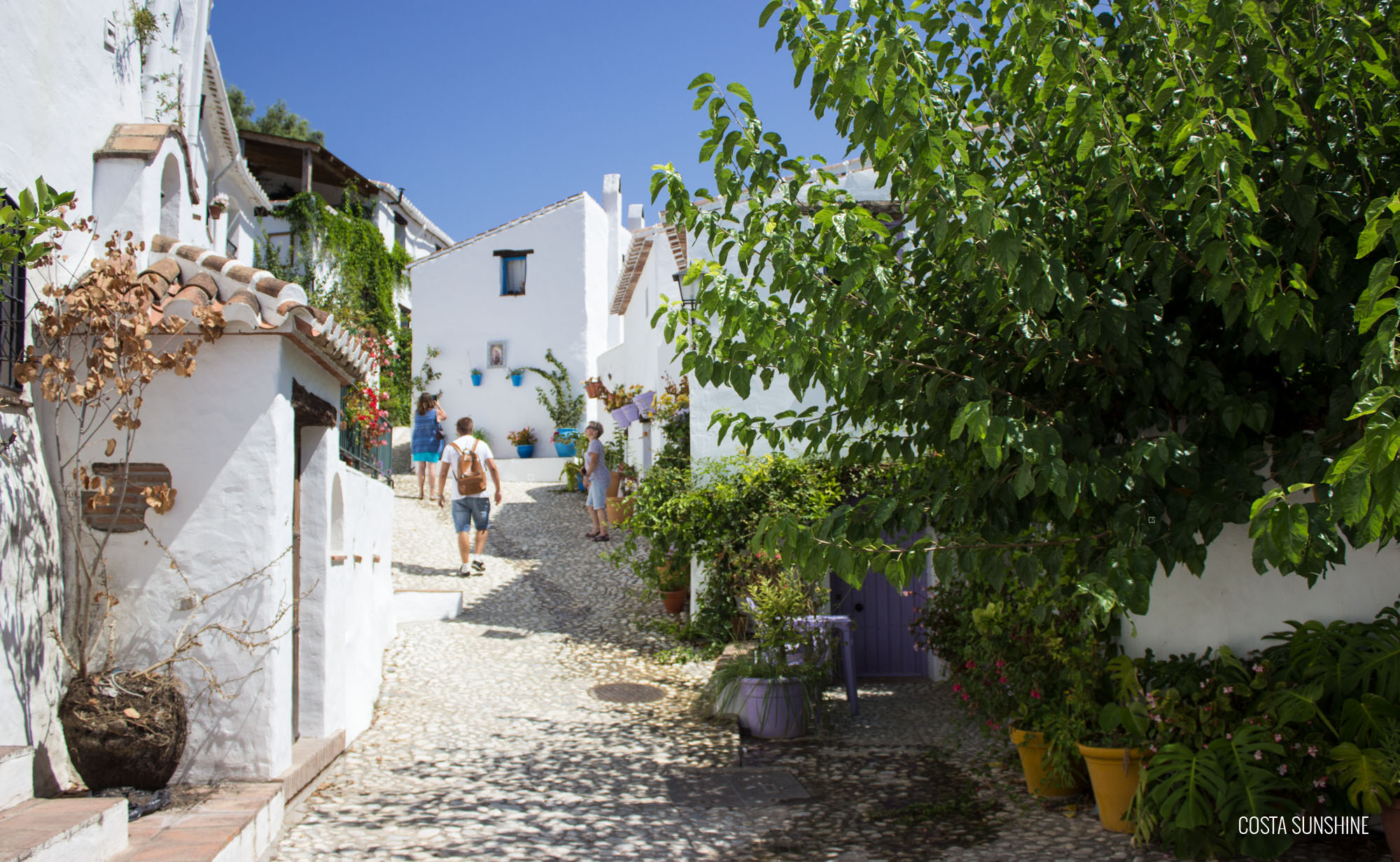 The main street of Acebuchal.
The main street of Acebuchal.
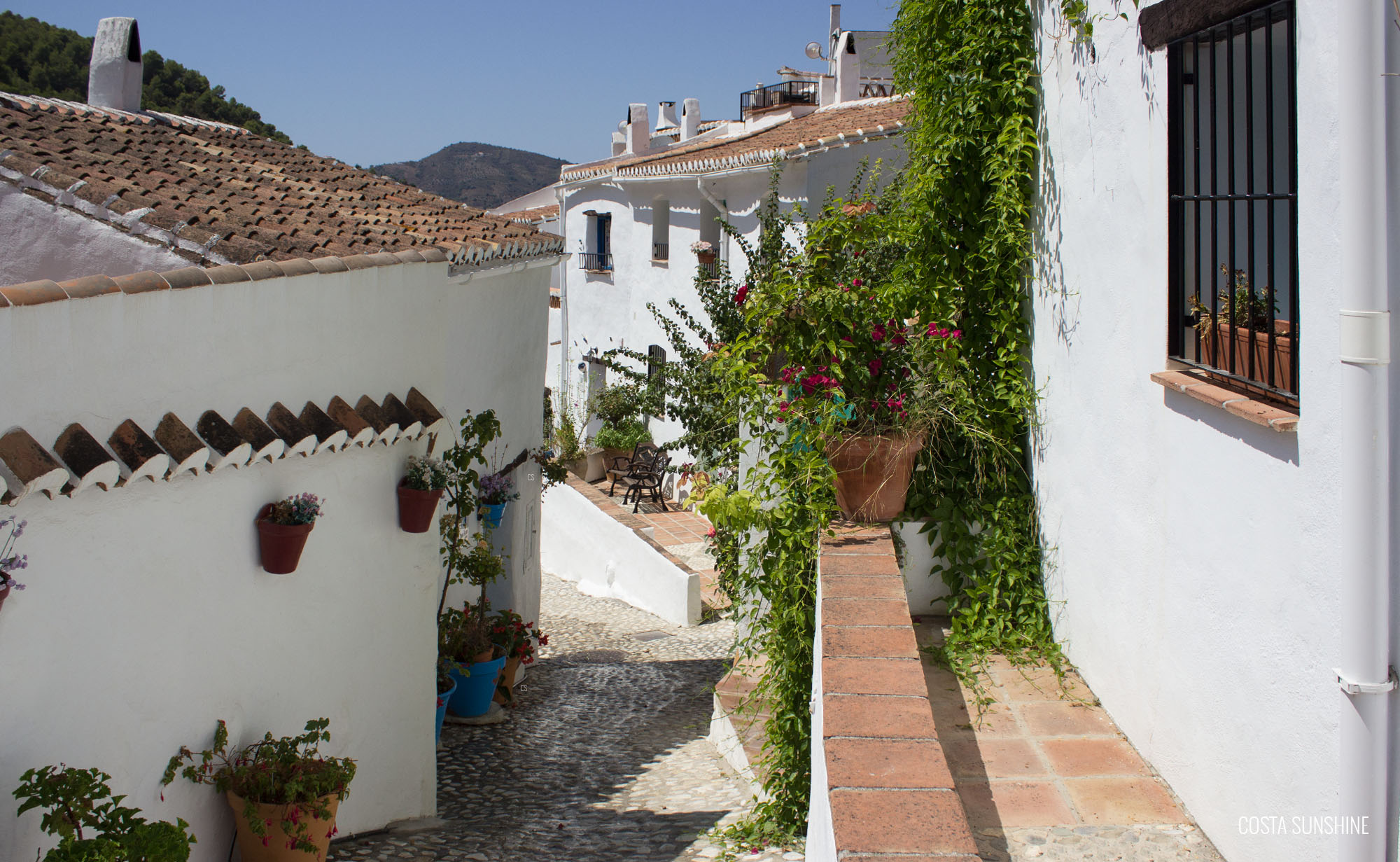 The main road in Acebuchal.
The main road in Acebuchal.
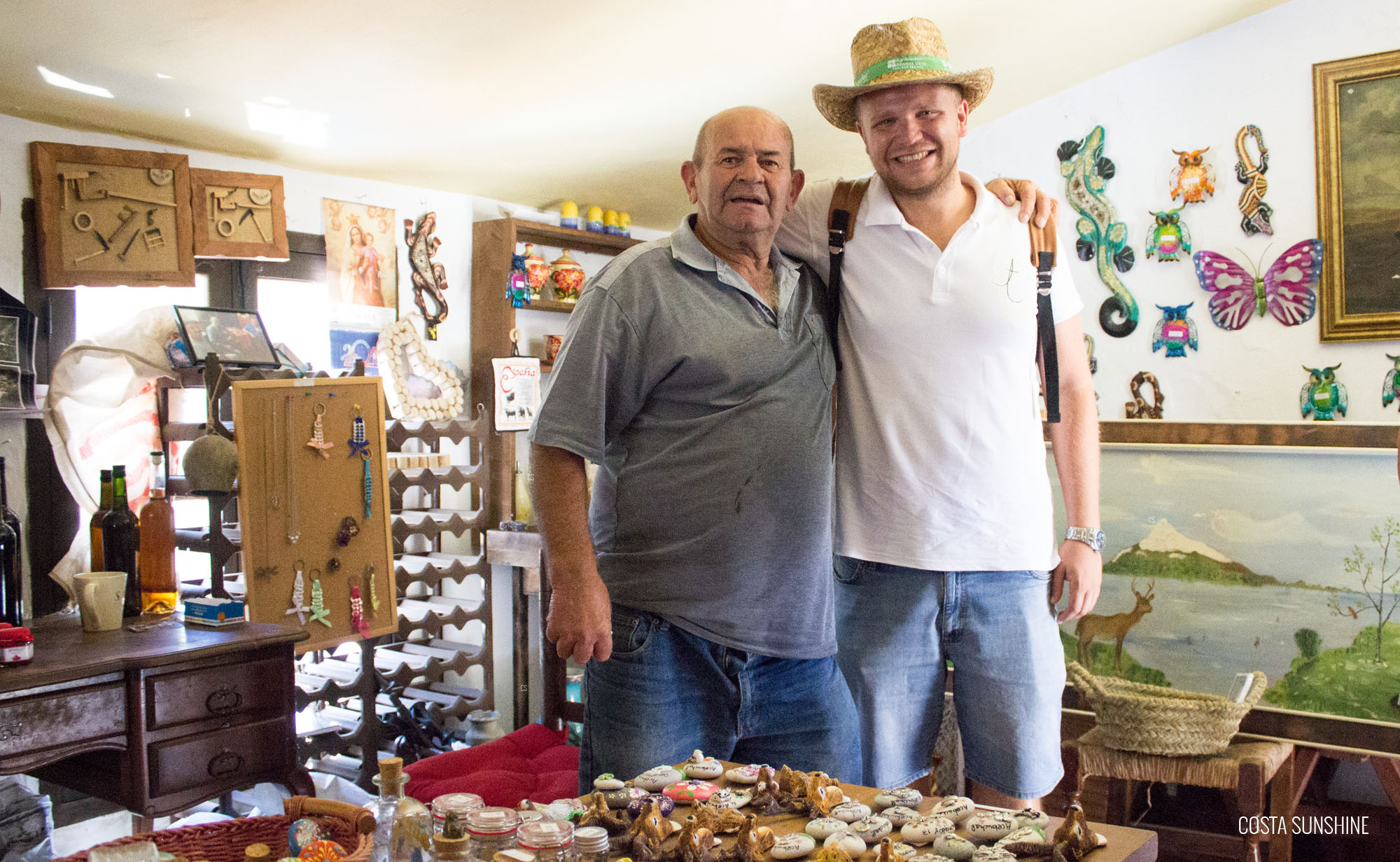 Antonio "El Zumbo" (l.) together with Cipriano Ramos.
Antonio "El Zumbo" (l.) together with Cipriano Ramos.